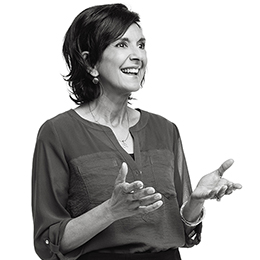Todd Davis
Todd Davis is the author of FranklinCovey’s newest book, Get Better: 15 Proven Practices to Build Effective Relationships at Work, available for pre-order May 9, 2017, and to be released on November 7, 2017. He is also a co-author of Talent Unleashed: 3 Leadership Conversations to Ignite the Unlimited Potential in People.
Davis has over 30 years of experience in human resources, talent development, executive recruiting, sales, and marketing. Having been with FranklinCovey for over 20 years, he currently serves as chief people officer, executive vice president, and is on the executive team. He is responsible for global talent development in over 40 offices in 160 countries. As the former director of FranklinCovey’s Innovations Group, Davis led the development of many of the company’s core offerings. He also served as the company’s director of recruitment, responsible for attracting, hiring, and retaining more than 3,500 employees.
He has delivered numerous keynote addresses and speeches at industry conferences, associations, corporate events, and for FranklinCovey clients, many of which are Fortune® 500 companies. His topics include leadership, personal and interpersonal effectiveness, employee engagement, talent management, change management and building winning cultures.
Davis has served on the Board of Directors for HR.com and is a member of the Association for Talent Development (ATD) and the Society for Human Resource Management (SHRM).







